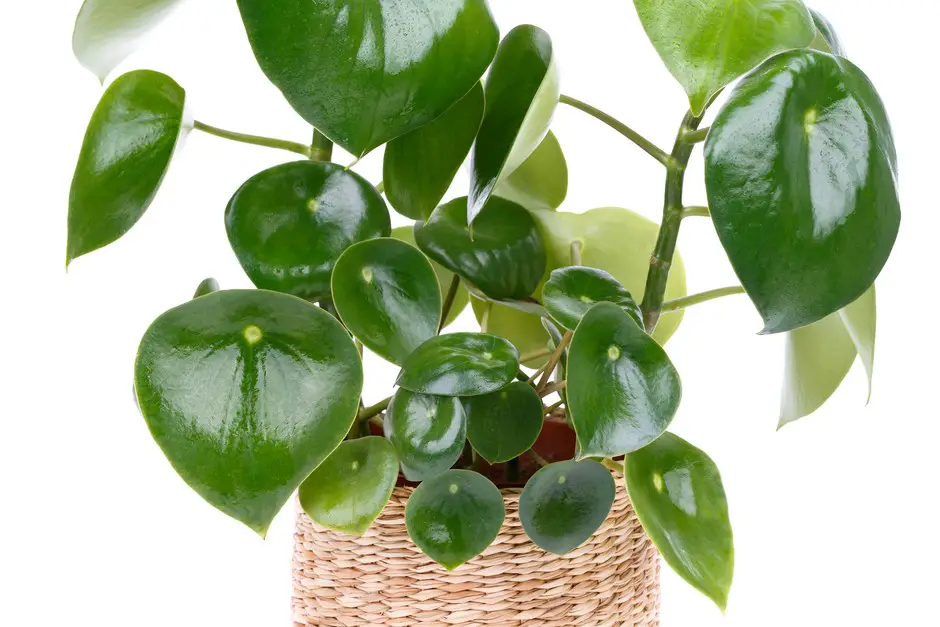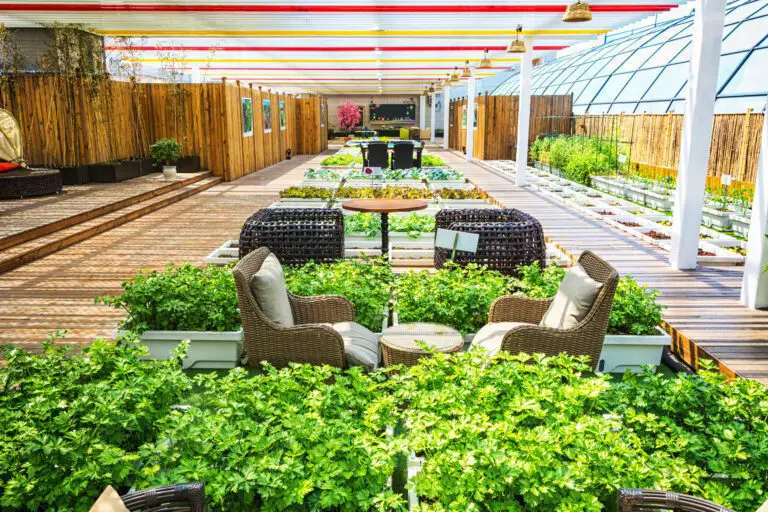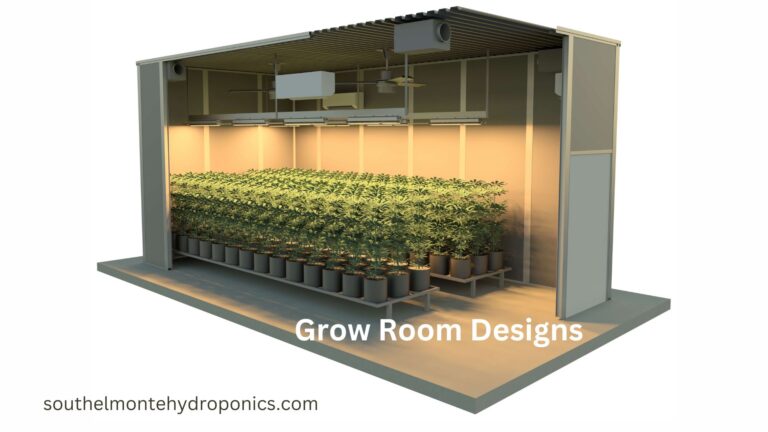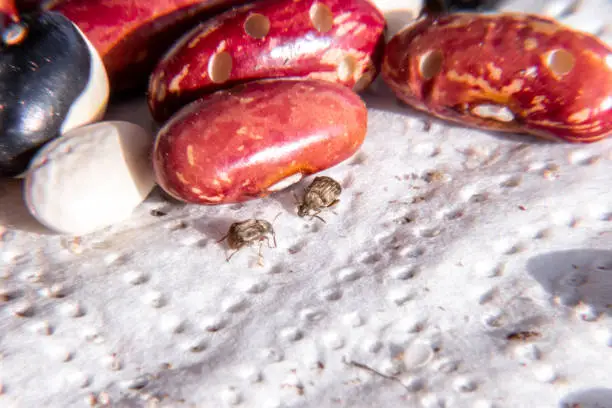Peperomia Plants: Diverse Indoor Greenery
Peperomia Plants: Diverse Indoor Greenery
Peperomia plants are a diverse group of indoor greenery that offer a wide range of shapes, sizes, and colors, making them a popular choice for plant enthusiasts looking to add variety to their indoor garden. With over 1,000 known species in the Peperomia genus, these plants showcase an assortment of textures and patterns, from glossy to velvety leaves, making them a visually appealing addition to any space. Their compact size and low maintenance requirements further contribute to their popularity as indoor plants, suitable for both beginners and experienced gardeners alike.
One of the standout features of Peperomia plants is their ability to thrive in a variety of lighting conditions, ranging from bright light to low light settings. This versatility makes them adaptable to different environments within the home, whether placed on a sunny windowsill or in a corner with limited natural light. Additionally, Peperomia plants are known for their unique leaf shapes, such as heart-shaped, oval, and lanceolate, adding an interesting visual element to any indoor garden.
Types of Peperomia Plants
Peperomia plants come in a diverse array of types, each with its own unique characteristics and appeal. One popular type is the Peperomia obtusifolia, also known as the Baby Rubber Plant, which showcases glossy, round leaves in various shades of green. Another striking variety is the Peperomia argyreia, commonly referred to as the Watermelon Peperomia due to its distinctive silver and dark green striped foliage. These plants are not only visually appealing but also relatively easy to care for, making them ideal choices for both novice and experienced plant enthusiasts.
In addition to the aforementioned varieties, there are many other types of Peperomia plants that offer a wide range of leaf shapes, colors, and textures. For example, the Peperomia caperata, or Ripple Peperomia, features deeply ribbed leaves that resemble wrinkled paper, adding a unique touch to indoor spaces. On the other hand, the Peperomia prostrata, also known as String of Turtles, displays small, succulent-like leaves patterned with intricate silver markings, creating a visually captivating display. With such a diverse selection available, there is a Peperomia plant to suit every taste and preference.
Unique Features of Peperomia Plants
Peperomia plants boast a multitude of unique features that make them stand out among indoor greenery options. With their thick, succulent-like leaves and diverse leaf shapes, colors, and textures, Peperomias offer a delightful visual appeal. These plants are known for their striking patterns, including stripes, marbling, and variegation, adding a touch of elegance and charm to any space. Furthermore, Peperomias are compact plants, making them ideal for small living areas or offices where space may be limited. Their neat, bushy growth habit adds a sense of coziness and freshness to indoor environments.
In addition to their visual allure, Peperomia plants have distinct characteristics that make them low-maintenance and easy to care for. Most varieties of Peperomias are resilient and adaptable, thriving in moderate to bright indirect light and requiring infrequent watering. Their tolerance for varying light conditions and ability to withstand periods of neglect make them a popular choice for beginners and experienced plant enthusiasts alike. Moreover, Peperomias are known to be non-toxic to pets, providing a safe option for households with furry companions.
Ideal Growing Conditions for Peperomia Plants
Peperomia plants thrive in a wide range of growing conditions, making them an ideal choice for indoor greenery enthusiasts. These versatile plants prefer bright, indirect light but can also adapt to lower light settings. To maintain their vibrant foliage, it is best to avoid direct sunlight, which can scorch their delicate leaves. Additionally, maintaining a consistent temperature between 65-75°F (18-24°C) will support healthy growth and prevent stress on the plant.
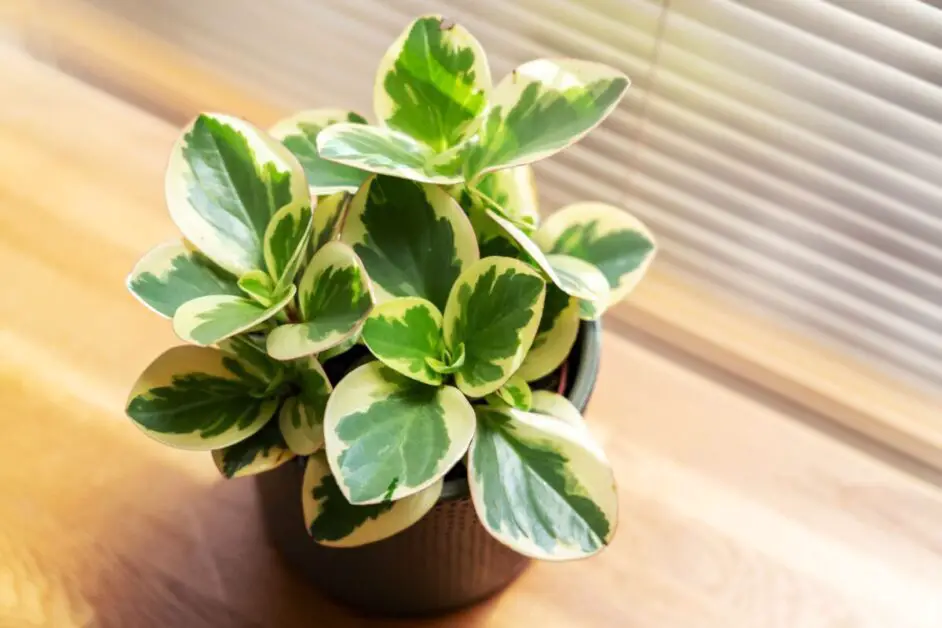
When it comes to watering, peperomia plants have moderate needs. They prefer slightly moist soil, so it is important to allow the top inch of the soil to dry out between waterings to prevent root rot. Overwatering should be avoided as it can lead to various issues such as fungal diseases. A well-draining potting mix is essential to prevent waterlogged conditions that can harm the roots of the plant. Furthermore, regular misting or placing the plant near a humidifier can mimic their natural tropical habitat and promote lush growth.
Popular Varieties of Peperomia Plants
Peperomia plants offer a wide range of popular varieties that are adored by indoor plant enthusiasts for their unique characteristics and ease of care. Among these varieties, the Peperomia obtusifolia, commonly known as the Baby Rubber Plant, is a favorite due to its glossy, green leaves that add a touch of vibrancy to any space. Another sought-after variety is the Peperomia caperata, or Emerald Ripple, which boasts rippled foliage in shades of green and red, creating a visually striking appearance.
For those looking for a more compact option, the Peperomia prostrata, also called the String of Turtles, features small, round leaves that cascade down delicate stems, resembling a string of miniature turtles. Additionally, the Peperomia argyreia, known as the Watermelon Peperomia, stands out with its silver-striped leaves that mimic the appearance of a watermelon rind, making it a charming addition to any plant collection. Each of these popular varieties showcases the diversity and beauty that Peperomia plants have to offer, making them a delightful choice for both beginner and experienced gardeners alike.
Tips for Caring for Peperomia Plants
Peperomia plants are unique in their care requirements, making them an excellent choice for both beginner and experienced plant enthusiasts. To ensure your Peperomia thrives, it’s important to provide it with bright, indirect light. These plants prefer consistent moisture but can be sensitive to overwatering, so allowing the soil to dry out slightly between waterings is key to preventing root rot. Additionally, Peperomia plants are not heavy feeders, so fertilizing sparingly, especially during the growing season, will help avoid nutrient buildup in the soil.
Another essential aspect of caring for Peperomia plants is maintaining proper humidity levels. These plants appreciate a bit of extra humidity, so misting them regularly or placing a small humidifier nearby can benefit their overall health. Furthermore, Peperomias are sensitive to cold temperatures and drafts, so ensuring they are kept in a warm, stable environment will prevent stress on the plant and promote steady growth. By following these care tips, you can enjoy the beauty of Peperomia plants in your indoor space for years to come.
Potential Pests and Diseases of Peperomia Plants
Peperomia plants are generally resistant to pests and diseases when provided with proper care. However, like any other plant, they can sometimes fall prey to common issues. One of the potential pests that may affect Peperomia plants is the spider mite. These tiny insects can infest the leaves, causing them to become discolored and speckled. Keeping the humidity levels stable and regularly inspecting the plant can help prevent spider mite infestations.
Another common issue for Peperomia plants is root rot, typically caused by overwatering. When the roots are constantly saturated, they can’t get enough oxygen, leading to decay. To prevent root rot, it’s crucial to ensure proper drainage for Peperomia plants and allow the soil to dry out slightly between waterings. Monitoring the moisture levels in the soil and adjusting your watering routine accordingly can help maintain the health of your Peperomia plants.
The table below shows some of the pests and diseases of peperomia plants and their solution:
| Pest/Disease | Solution |
|---|---|
| Mealybugs | Use insecticidal soap or neem oil. Isopropyl alcohol on a cotton swab can also be effective for spot treatment. Ensure good airflow and remove heavily infested parts. |
| Spider Mites | Spray affected plants with a strong jet of water to dislodge mites. Apply insecticidal soap or neem oil. Increase humidity to deter mites. |
| Aphids | Use insecticidal soap, neem oil, or horticultural oil. Prune heavily infested parts and encourage beneficial insect predators. |
| Scale Insects | Remove scales manually with a soft brush or cotton swab dipped in rubbing alcohol. Apply insecticidal soap or horticultural oil for persistent infestations. |
| Whiteflies | Use yellow sticky traps to monitor and capture adult whiteflies. Apply insecticidal soap, neem oil, or horticultural oil to control nymphs and adults. Introduce natural predators like ladybugs. |
| Fungal Leaf Spot | Improve air circulation and avoid overhead watering. Prune affected leaves and dispose of them. Apply fungicides containing copper or sulfur if necessary. |
| Powdery Mildew | Increase air circulation and reduce humidity. Remove affected leaves and avoid overhead watering. Apply fungicidal sprays containing potassium bicarbonate or sulfur. |
| Root Rot | Ensure proper drainage and avoid overwatering. Repot in well-draining soil. Trim affected roots and apply a fungicide. Allow soil to dry out between waterings. |
| Botrytis Blight | Remove infected plant parts promptly. Improve air circulation and reduce humidity. Apply fungicides containing thiophanate-methyl or chlorothalonil. |
| Pythium and Phytophthora | Avoid overwatering and ensure proper drainage. Apply fungicides containing fosetyl-aluminum or mefenoxam. Sterilize pots and tools to prevent spread. |
| Bacterial Leaf Spot | Remove affected leaves and avoid overhead watering. Apply copper-based fungicides or bactericides. Improve air circulation to reduce humidity. |
Propagating Peperomia Plants
Propagation of Peperomia plants is a rewarding process that allows you to expand your collection and share these beautiful plants with others. One common method of propagating Peperomia is through stem cuttings. Select a healthy stem with at least one leaf and cut it just below a leaf node. Remove any lower leaves to expose the node, which will promote root growth. Place the cutting in a well-draining soil mix or water, ensuring it receives indirect light and consistent moisture. Over time, roots will develop, and a new plant will begin to emerge.
Another propagation technique for Peperomia plants is through leaf cuttings. Choose a healthy leaf and carefully remove it from the plant, ensuring a clean cut. Allow the leaf cutting to callous over for a few hours before placing it on top of a succulent or cactus mix. Mist the soil lightly and keep it consistently moist until new growth appears. Patience is key during the propagation process, as it may take several weeks for roots to develop and new plants to establish themselves.
Creative Ways to Display Peperomia Plants
Peperomia plants are full of character and charm, making them perfect for showcasing in creative ways within your home. One approach is to group different varieties of Peperomia plants together in a visually appealing arrangement. Mixing plants with varied leaf shapes, textures, and colors can create a striking display that captures attention and adds a touch of botanical elegance to any room.
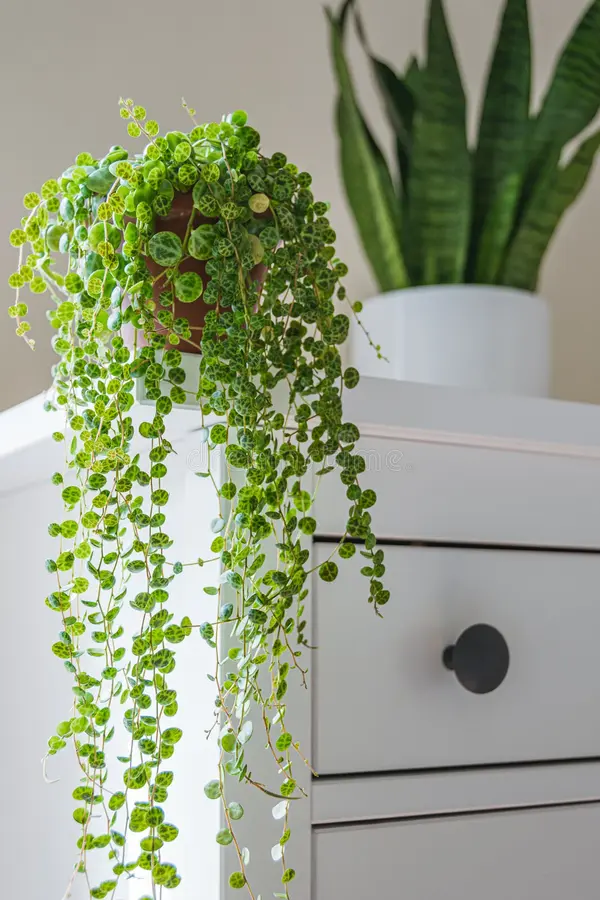
Another creative way to display Peperomia plants is by incorporating them into hanging macramé plant holders. The trailing nature of some Peperomia varieties, such as Peperomia prostrata, lends itself beautifully to hanging displays. Suspend these plants near windows or in unused corners to add a dynamic element to your living space. The delicate cascading leaves can bring a sense of movement and life to your home decor, breathing freshness into the atmosphere.
Benefits of Having Peperomia Plants in Your Home
Peperomia plants make excellent additions to any indoor space due to their numerous benefits. One of the key advantages of having Peperomia plants in your home is their air-purifying properties. These plants have been shown to help remove toxins like formaldehyde and benzene from the air, promoting a cleaner and healthier indoor environment. Additionally, Peperomia plants are known for their ability to release oxygen during the night, making them ideal bedroom companions for improved air quality while you sleep.
Another notable benefit of having Peperomia plants in your home is their low maintenance requirements. These plants are relatively easy to care for, making them perfect for both experienced gardeners and beginners alike. With their hardy nature and resilience to various conditions, Peperomia plants are a great choice for those looking to add greenery to their indoor spaces without the need for constant attention.
Peperomia Plants as Air Purifiers
Peperomia plants not only add a touch of greenery to your indoor space but also act as natural air purifiers, contributing to a healthier and fresher atmosphere in your home. These versatile plants have been found to help remove common indoor air pollutants, such as formaldehyde and volatile organic compounds (VOCs), by absorbing and neutralizing them through their leaves. With their efficient air-purifying properties, peperomia plants make a valuable addition to any indoor environment, particularly for individuals looking to enhance their indoor air quality.
In addition to their aesthetic appeal, peperomia plants play a significant role in improving indoor air quality by releasing oxygen and reducing harmful toxins. Studies have shown that certain species of peperomia, such as Peperomia caperata and Peperomia obtusifolia, are particularly effective in filtering out airborne pollutants, making them an excellent choice for individuals seeking to create a healthier living environment. By incorporating peperomia plants into your indoor decor, you not only elevate the visual appeal of your space but also reap the benefits of their air-purifying capabilities, promoting a cleaner and more breathable atmosphere.
Peperomia Plants in Terrariums
Peperomia plants are excellent choices for terrariums due to their compact growth habit and low maintenance requirements. Their small, succulent-like leaves come in a variety of colors and textures, making them visually appealing in enclosed glass containers. When selecting Peperomia varieties for terrariums, opt for species like Peperomia caperata or Peperomia rotundifolia, which thrive in the humid and controlled environment of a terrarium.
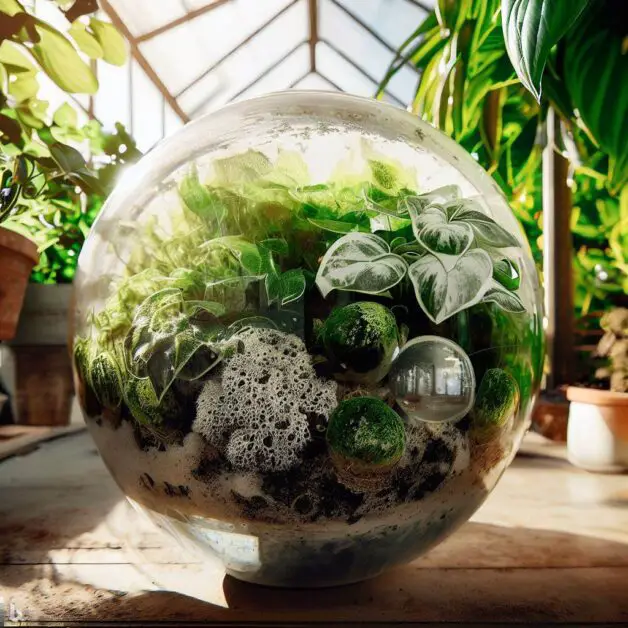
These plants are well-suited to the high levels of humidity typical of terrariums, and their small root systems make them ideal for the limited space within these enclosed containers. When designing a terrarium featuring Peperomia plants, consider creating layers of different textures and heights to add visual interest. The diverse shapes and colors of Peperomia leaves can contribute to a striking and dynamic terrarium display, enhancing the overall aesthetic appeal of this miniature indoor garden.
Peperomia Plants in Hanging Baskets
Hanging baskets offer a delightful way to showcase the beauty of Peperomia plants in your home. These versatile plants, known for their striking foliage and easy care requirements, thrive in hanging baskets due to their trailing nature. The cascading leaves of Peperomia plants create a charming display, adding a touch of greenery to any room. Hanging baskets also elevate Peperomia plants, allowing them to be showcased at eye level, where their unique features can be fully appreciated.
The compact size of many Peperomia plant varieties makes them ideal candidates for hanging baskets, requiring minimal space while still making a significant visual impact. With the right care and attention to watering needs, Peperomia plants in hanging baskets can flourish and bring a touch of nature into your living spaces. Consider hanging a mix of Peperomia varieties in different colors and leaf shapes to create a visually appealing and dynamic display that brightens up any corner of your home.
Seasonal Care for Peperomia Plants
As the seasons change, it is essential to adjust your care routine for Peperomia plants to ensure their optimal health and growth. During the warmer months of spring and summer, these plants thrive in bright, indirect sunlight. Be mindful not to expose them to direct sunlight as it can scorch their delicate leaves. Ensure consistent watering to keep the soil lightly moist but not waterlogged, allowing the top inch of soil to dry out before watering again. Fertilize with a balanced houseplant fertilizer every 4-6 weeks to provide essential nutrients for growth and development.
As fall transitions into winter, Peperomia plants enter a period of dormancy where their growth slows down. Position them in a spot with bright, indirect light to maintain their health during the darker winter months. Decrease watering frequency as the plant’s growth decreases, allowing the soil to dry out more between waterings. Keep your Peperomia away from drafty areas or cold windows to prevent temperature stress. In cooler months, reduce fertilization to once every 6-8 weeks to support the plant’s reduced growth rate. By adjusting your care routine according to the seasonal needs of your Peperomia plants, you can ensure they thrive year-round.
Learn further about peperomia by watching this video.
Frequently Asked Questions About Peperomia Plants
Peperomia plants have gained popularity among indoor gardening enthusiasts for their unique appearance and ease of care. One common question that arises is whether Peperomia plants require direct sunlight. While these plants thrive in bright, indirect light, they can also tolerate low light conditions, making them versatile options for various indoor spaces. Another frequently asked question is about the watering needs of Peperomia plants. These plants prefer to dry out slightly between waterings to prevent root rot, so it’s essential to allow the top inch of the soil to dry out before watering again.
Many plant lovers wonder how to promote healthy growth in Peperomia plants. Fertilizing these plants sparingly during the growing season with a balanced, water-soluble fertilizer can help provide essential nutrients for their development. Additionally, pruning back leggy growth and removing any yellowed leaves can encourage bushier growth and maintain the plant’s overall health. By following these simple care tips, you can ensure that your Peperomia plants thrive and grace your indoor spaces with their lush greenery.
Can Peperomia plants be grown outdoors?
Peperomia plants are typically grown as indoor houseplants, but some varieties can thrive outdoors in warm, tropical climates.
Do Peperomia plants require a lot of sunlight?
Peperomia plants prefer bright, indirect light but can also tolerate lower light conditions. Avoid direct sunlight, as it can scorch the leaves.
How often should I water my Peperomia plant?
Watering frequency will depend on factors such as the type of Peperomia plant, the size of the pot, and the level of humidity. Generally, allow the soil to dry out slightly between waterings.
Are Peperomia plants safe for pets?
Peperomia plants are considered non-toxic to cats and dogs, making them a safe option for pet owners.
Can I fertilize my Peperomia plant?
Peperomia plants do not require frequent fertilization. Use a balanced, water-soluble fertilizer diluted to half strength once a month during the growing season.
How do I prune my Peperomia plant?
Pruning is not typically necessary for Peperomia plants, but you can remove any yellow or damaged leaves with clean scissors to maintain the plant’s overall appearance.
What is the lifespan of a Peperomia plant?
With proper care, Peperomia plants can live for several years, making them a long-lasting addition to your indoor greenery collection.

